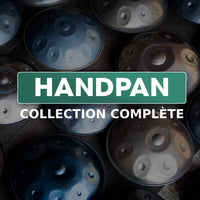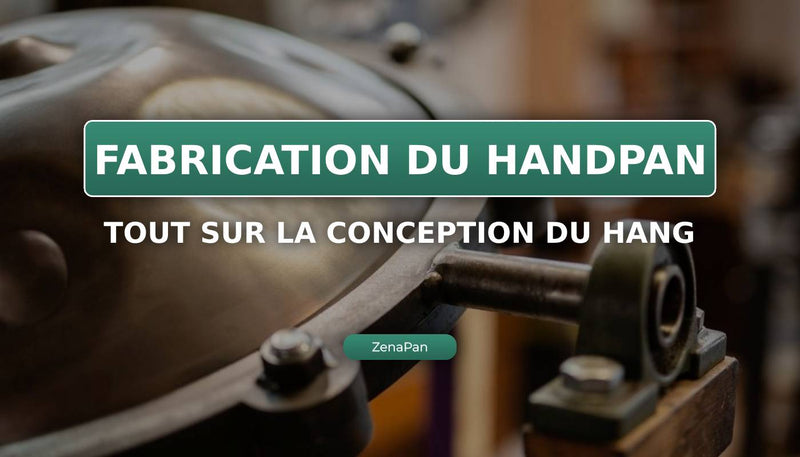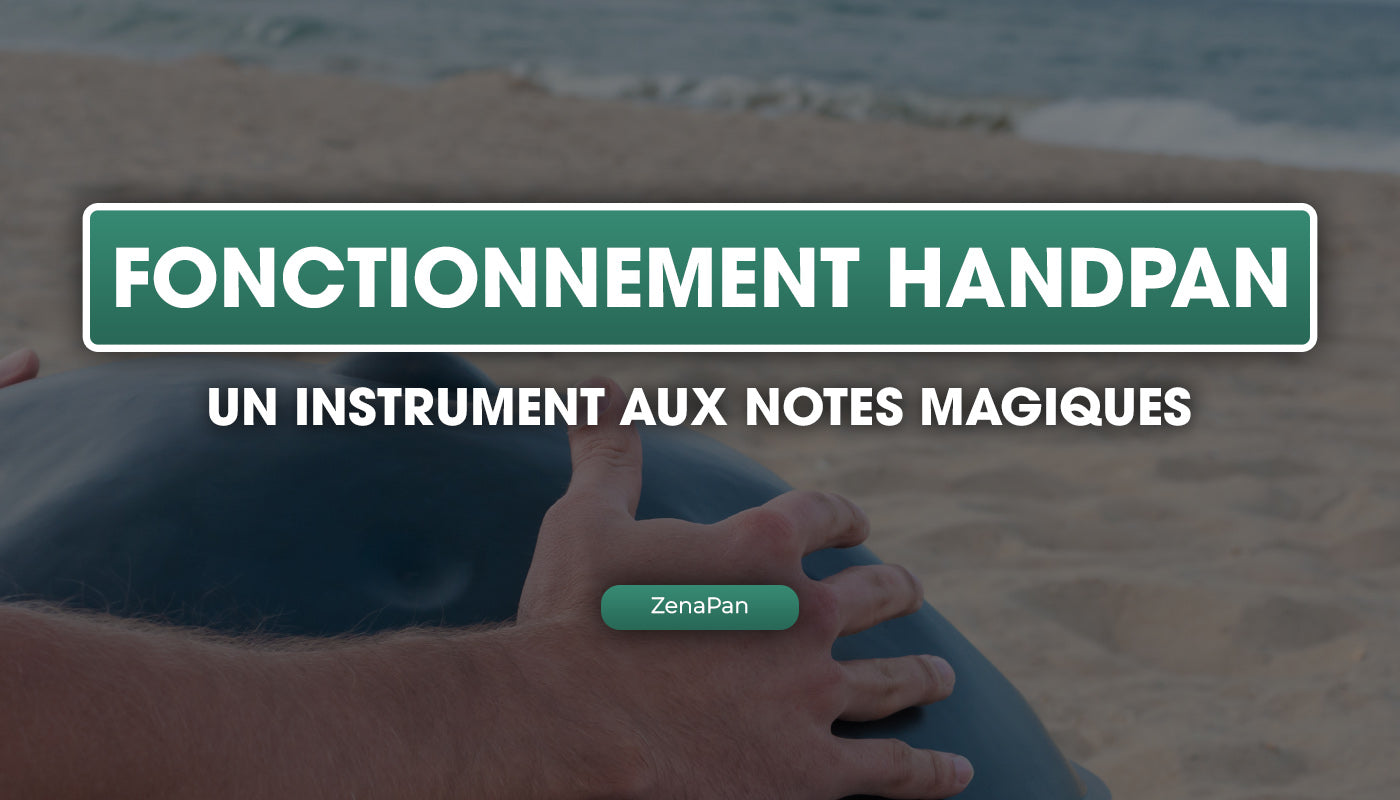How is granted your Handpan (also called Hang Drum)? What does an agreement mean? D minor scale, or on the ranges Ionian, Aeolian ou Mixolydian ? We explain everything to you so that you can fully understand what the range and make an informed purchase.
With ZenaPan, you can purchase the best HandPans granted in D minor, and comprising from 9 to 17 different notes. We simply explain this part of musical science to you.
The Handpan is a diatonic instrument
The Handpan is a music instrument this " diatonic », that is to say that it does not include all the notes of the chromatic scale.
However, this does not prevent it from having wide ranges. The diatonic scale can just as well be pentatonique qu'heptatonique.
That is to say, it can be composed of five notes per octave what of seven notes per octave. Now, the difficulty that all beginners encounter in wanting buy a Handpan, is to understand how is granted l'instrument they want to buy.
For handpans whose range is based on the D minor, the melodic notes are usually as follows:
- Ascendant: D, E, F, G, A, B flat, C sharp.
- The Descender: D, C, Bb, A, G, F, Mi, D.
The standard deviation of the tuned handpans in D minor is the fifth. They are often found under the following name: D Celtic Minor. This is an Anglo-Saxon name.
From pentatonic to heptatonic
The technical vocabulary and the realities they concern do not stop there. The instruments diatonics comprising only part of the notes of the chromatic scale, the makers of handpans choose which notes of the scale they incorporate into each instrument.
To simply understand the ranges and their names, we offer the following table:

The Handpan can, beyond the pentatonic and heptatonic scales, understand a hexatonic scale, i.e. a range counting six notes in a single octave. But, we will stop there for the difficulties.
All you need to know is what scale your Handpan is tuned to. The manufacturer generally always informs you about the chosen range, such as ZenaPan with its handpans in D minor, allowing to bring out more melancholy sounds, and therefore more suitable for music therapy.
The distribution of notes on a Handpan
Rather than making a long speech, here is the distribution of notes on a Handpan 10 notes (9+1), scale in D minor, Sold by ZenaPan :

Each dimple, called Dimple in English, corresponds to a note. The central note, the Thing, is often the lowest note, and the one to which the instrument is tuned, here a D minor.
The repetition of the notes A, D and C does not mean that these notes are identical. On the contrary, they are located on two octaves different.
What is 8+1 or 9+1 scoring?
Since the development of Handpans is very recent, no precise numbering of notes has been decided upon by the Handpan industry. In other words, some manufacturers count all the notes and write the number 10 if the Handpan has 10 notes, or the number 9 if it has 9.
Others separate the notes present on the dimples from the main note present on the Thing, which is the upper part of the Handpan. They therefore rate 8+1 for a 9-note Handpan, or 9+1 for a ten-note Handpan.
There is therefore no difference between a 10-note Handpan and a 9+1-note Handpan, except for the way the manufacturer numbers the number of notes on his instrument.











